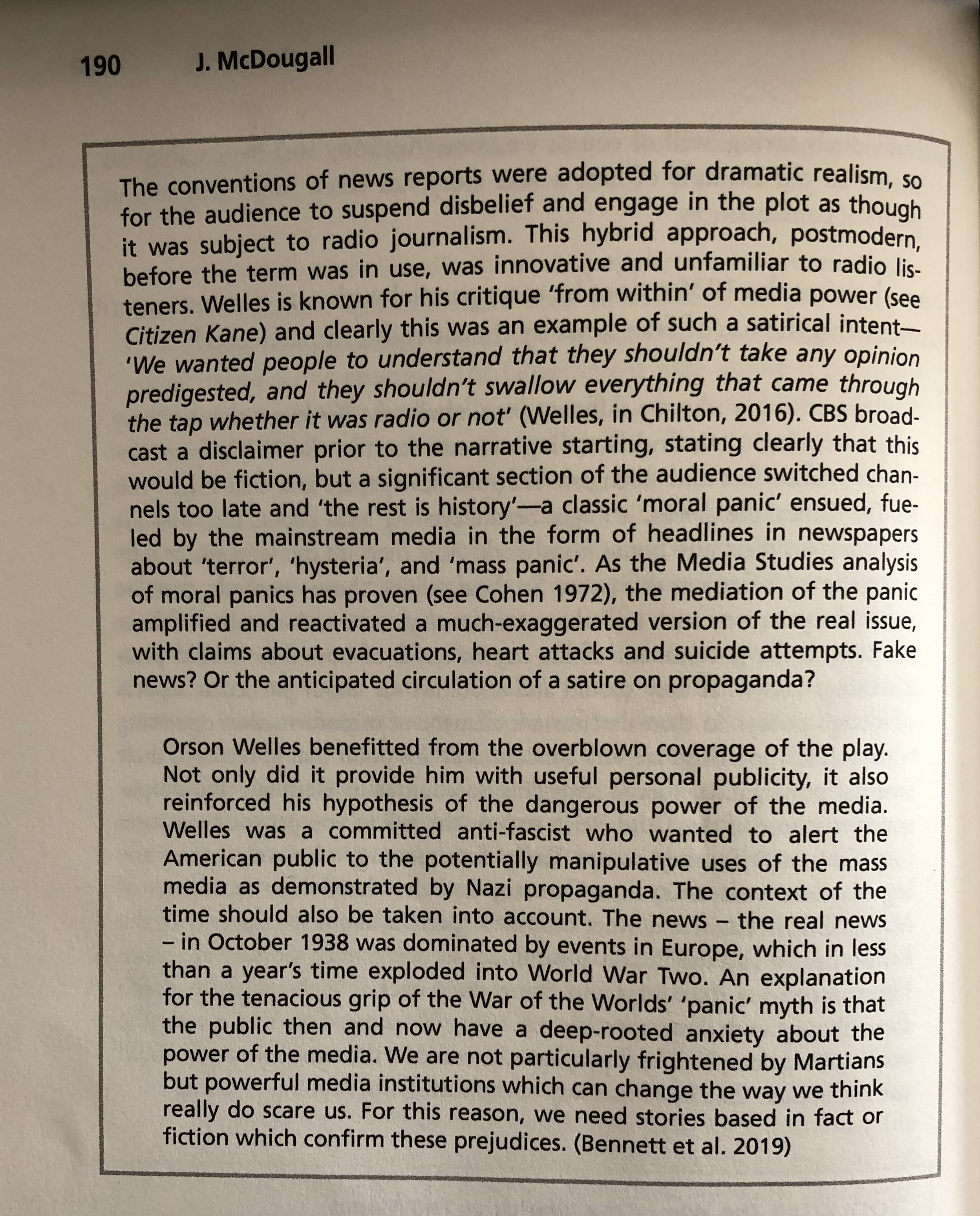What is postmodernism?
Postmodernism is the reimagining and copying of previous work.
Pastiche – an imitation of the work of a previous artist that pays homage to the original
Parody – an imitation of the work of a previous artist with deliberate exaggeration for comedic effect
Bricolage – the rearrangement and juxtaposition of previously unconnected signs to produce new codes of meaning
Intertextuality – the concept that the meaning of a text does not reside in the text, but is produced by the reader in relation to the text in question as well as the complex network of texts invoked in the reading process
Referential –
Style Over Substance – the transition from substance to style is linked to a transition from production to consumption
Metanarrative – overarching story
Hyperreality – the inability to distinguish reality from a simulation of reality
Simulation (sometimes termed by Baudrillard as ‘Simulacrum’)
Consumerist Society –
Fragmentary Identities – the notion of separating, splitting up and dividing previously homogeneous groups such as, friends, the family, the neighbourhood, the local community, the town, the county, the country
Alienation –
Implosion – the process leading to the collapse of boundaries between reality and simulations
Cultural Appropriation –
Reflexivity –
The Love Box in Your Living Room (2022) is a pastiche of the work of documentary filmmaker, Adam Curtis, whilst also being a parody of the BBC’s history.
“in a postmodern world, surfaces and style become the most important defining features of the mass media and popular culture” (Strinati: 234)


